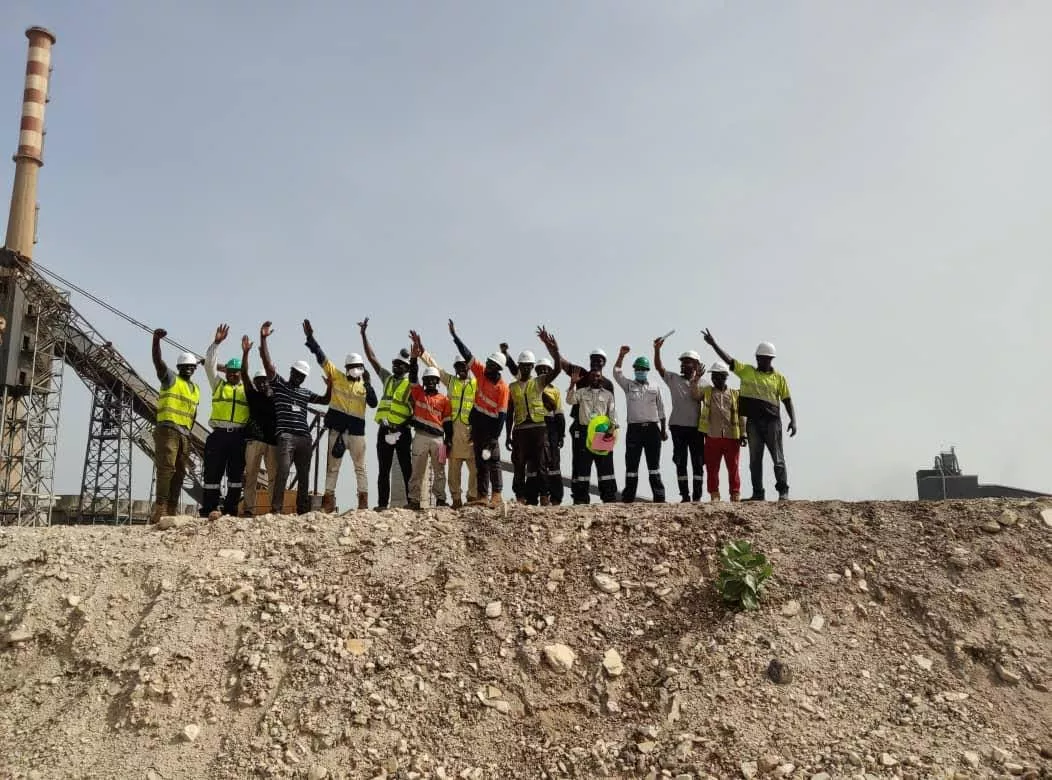
REPLACEMENT OF THE UNDERGROUND FIRE RING MAIN SYSTEM AND ASSOCIATED WORKS ON THE 125 MW SENDOU POWER STATION, LOCATED IN SENDOU, SENEGAL
Detailed Scope
Demolition Works
The demolition works shall consist of the excavation, exposing, and removal of the old carbon steel fire ring main system piping and all its components.
In addition, the Works shall include the removal of the excess excavated material and/or debris from the excavation together with the loading, transport and storage of the excavated material and debris removed from the trenches. The Contractor shall take responsibility for the legal disposal of the excavated material or debris removed from the site.
The removed old carbon steel fire ring main system piping and pipe fittings is to be cleaned of debris and transported to a location on the site, such location will be advised by the Employer’s team.
Prior to the removal of the old carbon steel fire ring main system piping, all existing and associated mechanical equipment including but not limited to hydrants, valves and/or fittings shall be removed from the existing carbon steel fire ring main system piping with care and diligence.
The removed mechanical equipment shall be cleaned, preserved and stored under the Contractor’s care and responsibility for future use in such a way that it can be reinstalled in the new HDPE piping system and be fit for purpose.
Installation of New HDPE line
KEKENDO AFRICA POLY has responsible for the necessary works in order to prepare the trench in accordance with the drawings, specifications, and associated documents and ensure that the trench is free of any debris or foreign objects, which could cause harm to the new pipe.
KAP has supply, transport to site, offload, fabricate and install the new high-density polyethylene PE 100, SDR 11, PN 16 fire ring main system.
In addition, KAP has been required to install the preserved mechanical equipment (as mentioned above) and supply all the necessary flanges and accompanying bolts and gaskets required for all above ground connections. Wherever necessary, KAP has also adapt and/or replace existing steel flanges in order to complete the interface connections.
The pipes has been buried at a depth of cover of one (1) meter deep however this depth of covered a 1.5 (one point five) meters deep in the coal storage area as indicated on the drawings.
The depth of covered was measured from the top of the pipe to finished grade level of the area.
Fine river sand has be used as bedding material under, surrounding and above the pipe to a level or thickness of 300 millimeters.
All pipes passing beneath roadways has been pass through the existing HUME pipes forming sleeves.
The backfilling of the installed pipe above the blanket layer shall be in accordance with NFPA 24 section 10.9, extracts contained below for reference.
Backfilling:
Backfill shall be tempted in layers or puddled under and around pipes to prevent settlement or lateral movement and shall contain no ashes, cinders, refuse, organic matter, or other corrosive materials. Rocks shall not be placed in trenches. Frozen each shall not be used for backfilling. In trenches cut through rock, temped backfill shall be used for at least 6 in. (150mm) under and around the pipes and for at least 2 ft (0.6m) above the pipes




